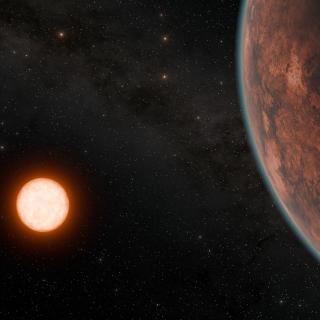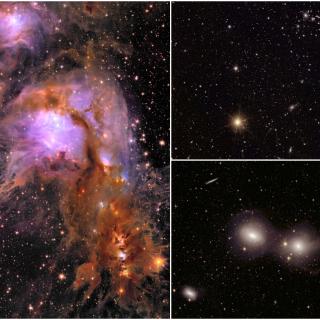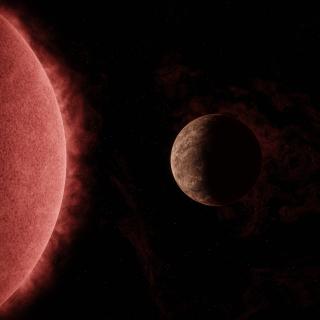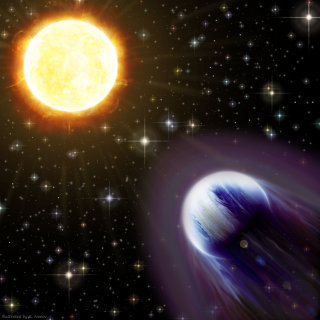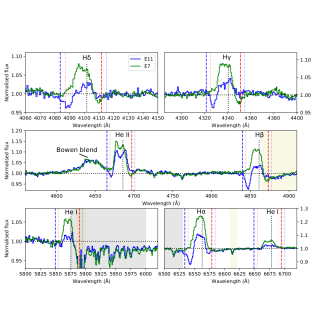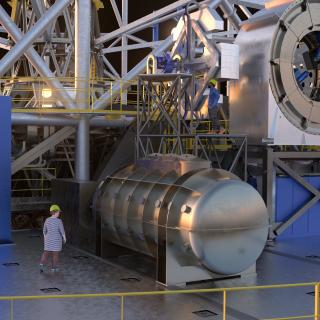
The European Southern Observatory (ESO) has signed an agreement with an international consortium of institutions, including the Instituto de Astrofísica de Canarias (IAC), the Instituto de Astrofísica de Andalucía (IAA) and the Centro de Astrobiología de Madrid (CSIC-INTA), for the design and construction of ANDES, the ArmazoNes high Dispersion Echelle Spectrograph. The instrument will be installed on ESO’s Extremely Large Telescope (ELT). It will be used to search for signs of life in exoplanets and look for the very first stars, as well as to test variations of the fundamental constants of
Advertised on
